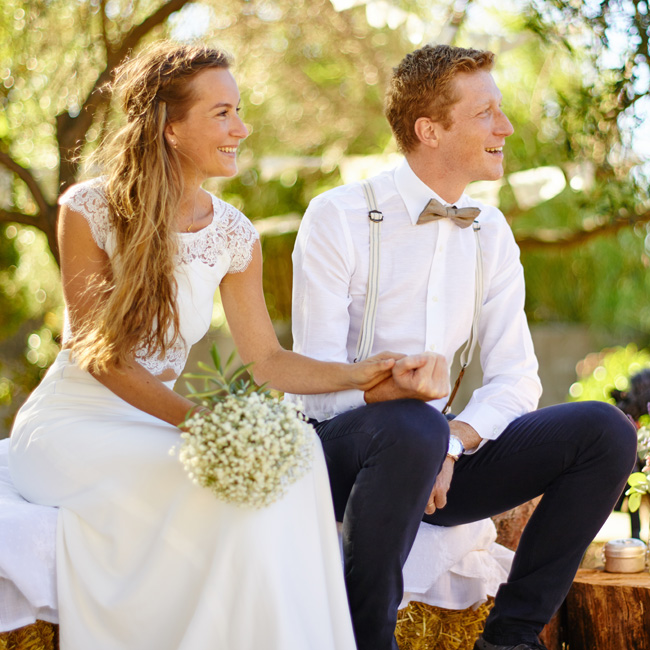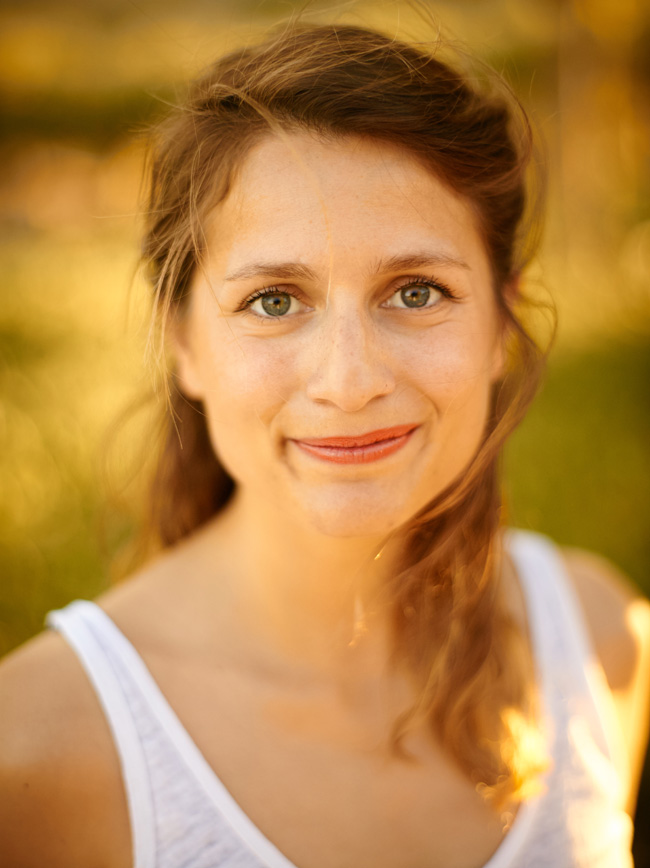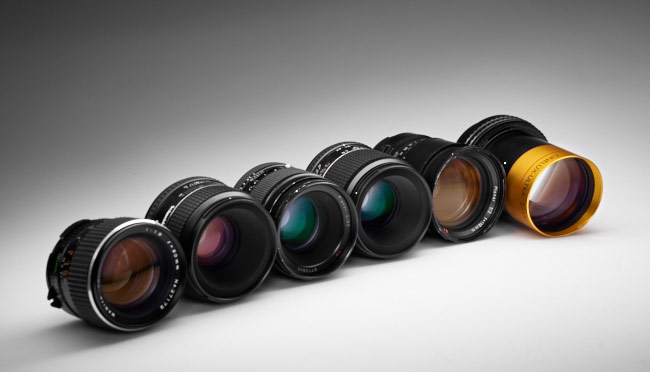Gear Testing
Big Buttery Bokeh; Ultra Fast Portrait Lenses for Phase One Bodies
Part 1: The Contax 80/2 & Schneider 130/2
Foreword
This is the first of two articles covering lenses that can be used for super shallow depth of field when using either the new Phase One XF or the Phase One DF+. It covers the technical particulars of all six lenses we evaluated, and includes links to download sample files from the Contax 80/2 and Schneider 130/2.
The second part can be found here: https://digitaltransitions.com/fast-portrait-lens-phase-one-part-2/
If you’re just here for raw files from the Contax 80mm f/2 and Schneider 130mm f/2 you can skip to the end of the article.

Contax 80mm f/2 lens on Phase One IQ260. Photo by Doug Peterson. See bottom of article to download high-res JPG or Raw file.
Do You Love Shallow Depth of Field?
Big Buttery Bokeh is the holy grail of many photographers. It pops the subject off the background, isolates details you want the viewer’s eye to catch, and turns ugly or distracting elements into a sea of lovely.
Of course it’s not everyone’s cup of tea, so if you prefer sweeping depth of field and razor sharp corners we’d suggest that you take a look at the Rodenstock 32HR vs Schneider 28LS test we did in 2012.

Contax 80mm f/2 lens on Phase One IQ260. Photo by Doug Peterson. See bottom of article to download high-res JPG or Raw file.
Much More than Just Aperture Number
Many newcomers to the Bokeh game mistakenly believe only aperture value influences just how big and buttery the bokeh is. In fact there are several factors:
Aperture Value
The first and most obvious; the smaller the number (i.e. the larger the aperture opening) the shallower the depth of field.
Focal Length
Longer lenses yield more BBB at a given aperture. For instance, when you frame up a subject using a 35mm f/2.8 lens and a 300mm f/2.8 lens the longer lens will show BBB and the 35mm will not. Using a very long lens to isolate a subject from the background is quite easy. However, using a very long lens exaggerates the relative size of the subject and elements in the background, giving a quite unnatural perspective. A roughly normal or portrait-length perspective with a very fast lens provides a very different look as the subject remains rendered with relatively normal perspective but is still isolated from the background.
Sharpness at the Plane of Focus
Separation of the subject and background requires contrast between the sharpness of the subject and fuzziness of the out of focus areas. This contrast/separation can be increased either by making the fuzzy parts fuzzier or by making sure the sharp parts are sharper. The more detail shown in the subject in the plane of focus, the greater the separation from the background. This is the weakness of many fast portrait lenses; they have appealing sounding maximum apertures (e.g. 50mm f/1.2) but when you use them at maximum aperture they are not that sharp. Lenses that are truly sharp wide open, especially with high resolution cameras, are rare in most lens lineups.

Schneider 130mm /2 lens on Phase One IQ260. Photo by Doug Peterson. See bottom of article to download high-res JPG or Raw file.
Resolution
We’ve already discussed that more detail in the subject creates a starker contrast between the plane of focus and the background. So accordingly, a sharp 60mp capture at f/2 will pop the subject off the background more than the same shot with a 22mp capture. This effect will only be manifest on mid and large sized prints where the additional captured detail is visible. Unfortunately, most fast portrait lenses are not even sharp wide open at 22mp of resolution, and are downright disappointing at 50mp or above.
Format size
In the days of 8” x 10” film shooting even an aperture of f/8 would produce very shallow depth of field. Format size is the ultimate multiplier of aperture. Many prospective medium format users are shocked by just how shallow the depth of field is on an 80mm f/2.8 lens when using a full-frame 645 sensor.
Out of Focus Aesthetics
The same level of defocus can look very different depending on the design of the lens. Many lenses from the modern-school of lens design have not-so-pretty bokeh – chromatic aberration in out of focus highlights, odd shapes like hexagons or squished ovals rather than creamy smooth circles.
Modern lenses often emphasize sharpness, speed of autofocus, and cost above more subtle design goals like “pretty bokeh.” Fortunately, lens companies like Schneider continue the old school tradition of designing lenses holistically – they must be sharp of course, but they should also be pretty. Some lenses create very distinctive out of focus areas. For instance, Petzval lenses have swirly bokeh that can be dizzying or dazzlingly when used to proper effect. Out of focus aesthetics are very subjective, so doing your own testing and evaluation is critical wherever possible.

Schneider 130mm /2 lens on Phase One IQ260. Photo by Doug Peterson. See bottom of article to download high-res JPG or Raw file.
Lenses Evaluated
There are so many great lenses available for the Phase One XF and DF+. Some of the more commonly known are the Phase One line of D lenses, classic Mamiya non-D lenses from the film era, the Schneider LS lens line, Hasselblad 500 series and 200 series lenses. However, there are also other lenses that are compatible, some natively, others requiring physical adaptation (“remounting”).
While we’d love to have had every lens available, there are practical limits even for the largest Phase One dealer in the world. We hope you’ll agree we collected a great range of options.
Want to test a different ultra-fast lens? Just contact us and we’ll arrange for you to use one of our XF bodies and IQ3 digital backs for your test.
|
Lens |
DF+ Compatible |
XF Compatible |
Autofocus |
Auto Aperture Control |
Manual Aperture Control |
|
Hasselblad 110mm f/2 |
Yes |
Yes |
No |
No |
Yes |
|
Mamiya 80mm f/1.9 |
Yes |
With Mod |
No |
No |
Yes |
|
Schneider 130mm f/2.1 |
Yes |
Yes |
No |
No |
No |
|
Contax 80mm f/2.0 |
Yes |
Yes |
No |
No |
No |
|
Schneider 110LS f/2.8 |
Yes |
Yes |
Yes |
Yes |
Yes |
|
Schneider 80mm f/2.8 |
Yes |
Yes |
Yes |
Yes |
Yes |

Schneider 130mm f/2
This lens was designed for projecting 70mm IMAX film. It is manual focus only and has no aperture ring so can only be shot at f/2. We were incredibly intrigued by this lens when we began research for this article. It is essentially the same speed as the Contax and Hassy lenses (f/2 rather than f/2.0) but is significantly longer than both of them. In relative terms this lens has the most shallow depth of field of any of the lenses we tested. In terms of rendering a shallow DOF image, we believe it is the fastest lens that can cover a full frame 645 sensor, and focus infinity on a Phase One XF body (if you know one that is faster please tweet @digitransitions).

Contax 80mm f/2.0
The Contax 80mm is a storied lens. It has seen renewed interest by wedding photographers who still want to shoot film due to its unique look, and utilize the great light gathering it provides (even high speed film can’t match modern ISO ranges so every stop of aperture is welcome in lower light).
In its native mount the Contax 80mm f/2.0 offers both Autofocus and Auto-aperture, but in its modified-for-XF/DF+ form it provides neither. The aperture is not changeable; it can only be used at f/2.0. Given the number of shooters who leave it on f/2.0 even when using it with its native Contax mount, this does not seem like a huge limitation.
Of course if you want to use this lens digitally, but can’t live without autofocus and auto aperture, we have Contax-mount Phase One digital backs pass through our pre-owned inventory on occasion. Contact us to let us know you might be interested the next time we have a good deal on a Contax-mount P+, IQ, or IQ2 digital back.
Raw files shot with this lens are available for download and are at the end of this article.
If you’re interested in buying my Contax 80 f/2 converted to a Phase One mount, please email me.

Hasselblad FE 110mm f/2
This lens was originally designed for Hasselblad’s classic (but increasingly obscure) 200 and 2000 series cameras. These bodies were unusual for Hasselblad in that they included a focal plane shutter and therefore supported lenses without leaf shutters. Since the Phase One XF and Phase One DF+ include a focal plane shutter, adapting this lens is as simple as putting it on a Hassy-to-Phase adapter ring. Ironically, since this lens requires a leaf shutter it cannot be used with a traditional Hasselblad 500 series or modern Hasselblad H body.
This lens is manual focus only and while it has an aperture ring, it must be manually stopped down before capture. Therefore, if you’re shooting people it will only be practical to shoot at or near wide open. But you aren’t reading this article because you want to use this lens at f/11, are you? With that being said, the 110/2 that we tested was “well used” and had some fungus, hazing, and internal dust, which is common with this lens. Excellent-condition used copies of this lens can sell for nearly $3,000.
Raw files shot with this lens will be available for download in August, when Part 2 of this article will be published.
If you’re interested in buying my Hasselblad 110 f/2 please email me, as it was purchased only for this article.

Mamiya 80mm f/1.9
The Mamiya 80mm f/1.9 was designed to be a fast portrait lens for the Mamiya 645 Pro TL. It is light (compared to other options in this range), compact, and very reasonably priced on the used market. Most of its sister 645 Pro TL lenses are compatible with the Phase One XF. But the 80/1.9 is an exception; it will not physically mount on an XF, and can only be used with the DF+. UPDATE: We have found the cause of the mechanical incompatibility and have had this lens physically modified to fit the XF.
This lens is manual focus only but works very well with the DF+ focus confirmation system. It has an aperture ring, but must be manually stopped down before capture. Therefore, if you’re shooting people it will only be practical to shoot at or near wide open.
Raw files shot with this lens will be available for download in August, when Part 2 of this article will be published.
If you’re interested in buying my Mamiya 80 f/1.9 (UPDATE: this lens is now modified to fix the XF body, and also still fits a DF or DF+ body) please email me as it was purchased only for this article.

Schneider 110LS f/2.8
The “Wunderkid” of Schneider’s leaf shutter line for the XF/DF+ – the 110LS – packs a serious punch. It is the most modern design we tested and is razor sharp wide open. It is “slow” at f/2.8 but the razor sharp plane of focus ensures the subject still pops off the background with tenacity. Being a modern lens in a native mount, it provides autofocus and auto-aperture.
Raw files shot with this lens will be available for download in August, when Part 2 of this article will be published.
Purchase this lens new in the DT Phase One Online Store. We also occasionally have demo or refurbished versions of this lens available. Contact us if interested.

Schneider 80LS f/2.8
This is the “kit” lens for most Phase One and Mamiya Leaf systems. “Kit” lenses are usually pretty average, which does not describe this lens. It is wicked sharp, reasonably sized, and provides all the comforts of a modern lens (autofocus, auto-aperture).
Raw files shot with this lens will be available for download in August, when Part 3 of this article will be published.
Purchase this lens new in the DT Phase One Online Store. We also occasionally have demo or refurbished versions of this lens available. Contact us if interested.

Contax 80mm f/2 lens on Phase One IQ260. Photo by Doug Peterson. See bottom of article to download high-res JPG or Raw file.
XF & IQ Capabilities and Limitations with Manual Lenses
The XF has several features that are especially useful when using manual lenses. A Focus Confirmation feature gives you feedback as to whether you are back focused, front focused, or spot on.
With the IQ2 and IQ3 you can access live view via a hard button, and you can capture directly from live view. When using one of the CMOS backs (e.g. IQ350) this is especially helpful because the live view is very fast and responsive, making focusing via live view quite easy even with moving subjects.
With the XF you must turn the “Manual Lens” option “On” in the menu system before the camera will fire with a manual lens mounted (in this context “manual” means a lens without any electronic contacts).
Exposure metering is not designed for manual lenses in either the XF or DF+. Each lens is different, but in general the metering system overestimates the amount of light by about two stops. Using the histogram, customizable exposure warning, or previous experience with a particular lens as a guide, you can dial in an exposure compensation (e.g. +2.0) to get back in the right ballpark.
Download Sample Images From the Schneider 130/2 and Contax 80/2
These images are © Doug Peterson (www.doug-peterson.com). You are welcome to download them, process or print them for your own personal evaluation, and repost them on other sites/blogs/forums provided you include a link back to this article and credit Doug Peterson.
Posted by Doug Peterson
Contact Us:
Phone: 1.877.f/ortless (367-8537)
Email: info@digitaltransitions.com

